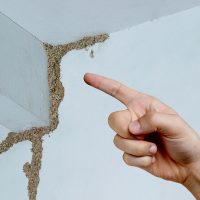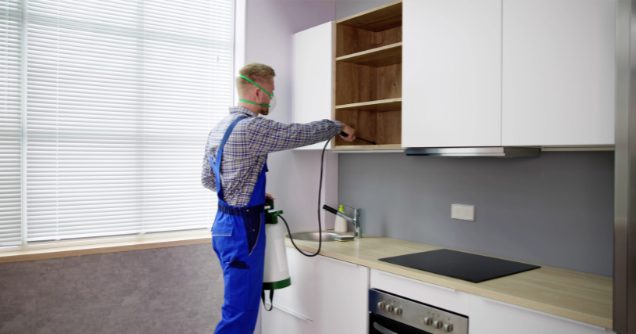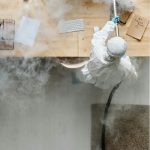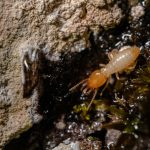While the success of the pest control treatment largely depends on the technician, your role in preparation is essential.
Mainly, your prep steps can significantly contribute to the success of the treatment and enable you to contribute to the success of the process.
In most cases, it is highly recommended to hire a professional pest control company to treat infestations in your home or office in Singapore. However, pre-treatment measures you perform guarantee the safety of your family and pets, and make the task easier for the technician. Most importantly, proper preparation enhances the effectiveness of the treatment exercise and shortens the treatment time. Therefore, omitting these measures may lead to longer infestations, health risks, and less effective treatment.
Importantly, the key difference between having only one-time pest infestation problem or living with a long-term pest infestation issue is going the extra mile to prepare. So, in this article, we’ll talk about preparation ideas to follow before the pest control treatment.
6 Important Pest Control Pre-treatment Ideas
1. Talk to Your Technician
Consulting your technician is not just a critical pre-treatment preparation procedure. It’s a way to stay informed and understand how you can get involved. Importantly, during the initial consultation, by sharing information on the pest infestation that you have observed, you not only provide them with helpful information but also position yourself as a participant in the treatment procedure.
When talking to your pest control technician, let them know where you’ve seen the pests’ activity, such as breeding in trash or leaving droppings. Also, provide them with any additional details you have, such as the type of pests you’ve seen, the hours of the day they are most active, and how long you’ve had an infestation.
The detailed information will enable the technician to select the most efficient product to utilize and determine the best method of eradication for your specific pest problem.
2. Seal and Keep Away All Food and Utensils
Food should be sealed and made inaccessible to avoid contamination. Therefore, tightly seal foods left on pantry shelves, countertops, and bowl shelves in plastic containers or zip-lock bags.
Sealing the foods keeps any potential contamination of your foodstuffs during treatment. Notably, failing to do so can lead to contamination of your food with pesticides, which are poisonous when ingested.
Importantly, clean all kitchen items, knives, forks, and plates. Scrub stoves, dinner tables, and countertops as clean as possible to eliminate food crumbs or residue that could be contaminated during treatment.
3. Keep Children, Pets, and Vulnerable Persons Safe
The safety of your home members is essential. Therefore, keep children, pets, and vulnerable individuals, such as pregnant women, away from the area during pest control treatment and for the duration advised by your pest service after treatment. For most situations, staying away from the area for 2-4 hours after treatment is essential to allow the sprays to dry and air the rooms.
Most importantly, cover animal beds, pet water and food bowls, and birdcages. Additionally, if you own an aquarium, seal it tightly with plastic wrap and switch off the air pump mode to prevent airborne particles from entering the water.
4. Organize the House for Better Accessibility
Organize the house in a manner that allows the technician to access every corner of the house and administer pest control treatment effectively. Notably, empty and hollow spaces are a hideout for pests and provide a route for pesticides during treatment as well.
Therefore, push furniture away from walls, especially in the sitting rooms and bedroom. Additionally, remove everything from the floor of the closets and wardrobes, including boxes, laundry, and toys.
5. Pay More Attention to Pest-Prone Parts of the House
ensure that your pest-prone areas of your house are open for the expert to examine potential entry points, including baseboards, room corners, where insects and ants are commonly found, and under sink pipes.
Pay attention to areas of concern, which are locations where pests are most likely to nest or enter your house, such as food storage cabinets and sink cabinets in the kitchen. In the bathroom, remove everything from shower stalls and vanity cabinets.
6. Post-Treatment Preparation
Remember, the actual pest control treatment is not the end of the process. Therefore, by preparing for the post-treatment procedure before the actual treatment, you can ensure a pest-free home.
Mainly, in preparing for post-pest control, you will need to prepare to stay out of the house until it is safe to return home, ventilate the house, and gather all the necessary supplies to clean up the treated areas.
Most of all, remember that some pest treatments may not be washable for a week to allow them to function correctly.
Conclusion
Proper preparation for pest treatment is an important step to ensure a pest-free house. Therefore, by following the above steps, you can be proactive and ensure effective pest control treatment.
Mainly, you need to prepare thoroughly and ensure your residence is ready for pest control, allowing specialists to work effectively and deliver customized remedies for a long-term solution to the pest issue.
Lastly, at Eminent Pest Control, we ensure that our customers are informed about what is expected of them, so they can prepare themselves accordingly for pest control treatment specifically tailored to their needs.








































